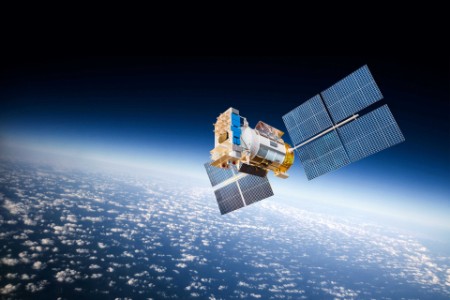Improvements to the UK’s digital infrastructure have never been more important. As businesses and consumers continue to adapt to the COVID-19 pandemic, and the UK enters a new era outside the EU, high-quality broadband connectivity is vital to economic growth and social cohesion. Gigabit Britain is already appearing, supported by ongoing modernisation of fixed and mobile networks.
This article explores how satellite connectivity can accelerate this transformation and summarises the six key actions operators can take to improve their value propositions and unlock long-term value.
1. Harness satellite as a tool to increase digital inclusion
Many UK customers view satellite as a viable primary connection
EY customer research shows that both consumers and small to medium enterprises (SMEs) are responsive to satellite broadband offers. 40% of households would be interested in taking a satellite package if it offered greater reliability compared with what they already have. This is startling, since satellite is not a mainstream connectivity option for consumers.
Similarly, 33% of SMEs nationwide would be open to considering satellite broadband as a primary connection — if full-fibre broadband was not available at their business site. This consistency of interest across consumers and enterprises underlines the breadth of the addressable market for satellite services. While full-fibre and 5G mobile are fuelling a new generation of digital infrastructure, the role of satellite cannot be ignored.
UK customer receptivity to satellite broadband



